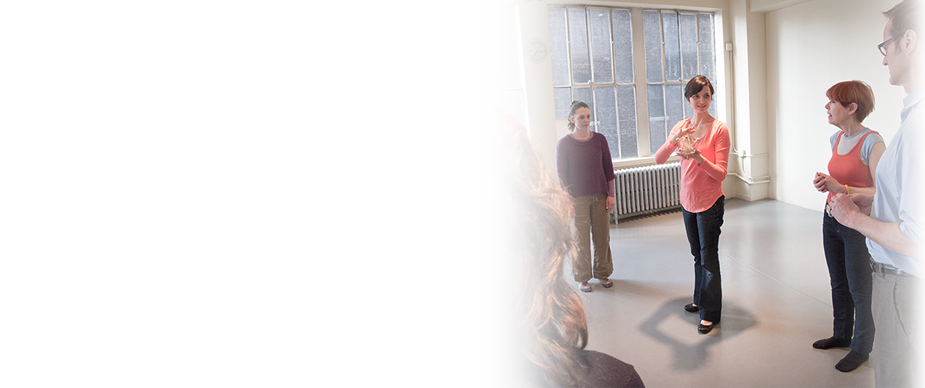Don't Bug Me About My Posture
/Yesterday my 12-year old daughter asked me if her posture is important when playing the drums.
I was surprised since she usually doesn't ask me for this sort of advice.
She then thanked me for not bugging her about her posture...and then asked me why I don't bug her about it.
My answer was that I'd be happy to show her some things if she'd like, but that there's no point in me just telling her to "sit up straight".
Periodically telling someone to sit up straight is a little like saying "go play the drums" without any further instruction. The person might go make some noise, but without any strategy or skill.
A problem with posture is that it gets miscategorized.
It ends up on the list of chores or things that parents say to their kids as they're getting ready for school in the morning...
Brush your hair
Finish your breakfast
Don't forget your lunch
Stand up straight
The kid does some kind of movement like lifting the chest, holds it for 5 seconds and then slouches again. A little like banging on the drums with no lessons or practice. We adapt to our habits, so we may need some time and targeted instruction to undo poor habits and create new ones that will stick.
Also, posture isn't just physical. Screen time and shoulder bags can affect posture, but so can emotions. Slouching, might be a protective stance that can't simply be tossed off like a jacket on a warm day.
My daughter is realizing that playing the drums takes some focus and attention before it becomes second nature. It requires thought and practice.
Adults can get stuck in the mindset that, "Posture is a chore, but it's good for me, so I have to do it even if it's uncomfortable."
Sitting up straight is something that our bodies naturally want to do if we can practice giving ourselves the right cues.
The right cues create sustainable, good posture and it should feel comfortable.
Here's a challenge for this week to start to get you on the right track. To get on the "right" path, see if you can stop trying to "get it right". Get into an observational mode. Notice what you do to try to fix your posture.
Example: You're at the computer and notice you're slouching.
1) Just notice the feeling of the slouch.
2) Now do whatever you do to fix it and take note of what you're doing.
3) The next time you fix it, do it more slowly so that you can feel it even more clearly. As you slow down your "fixing" movement, see if you observe anything further. Notice which parts of you are moving, how your weight is shifting. Does anything feel tense or compressed? Does observing cause you to change the movement in subtle ways?
4) Look around you. Notice what other people do to fix their posture. Is it like what you do or different?
Observing is a crucial first step to changing habits.
Want to learn more and move on to step 2 (personalized cues to help you mantain good posture)? Check out info on 1:1 online sessions and group classes.

